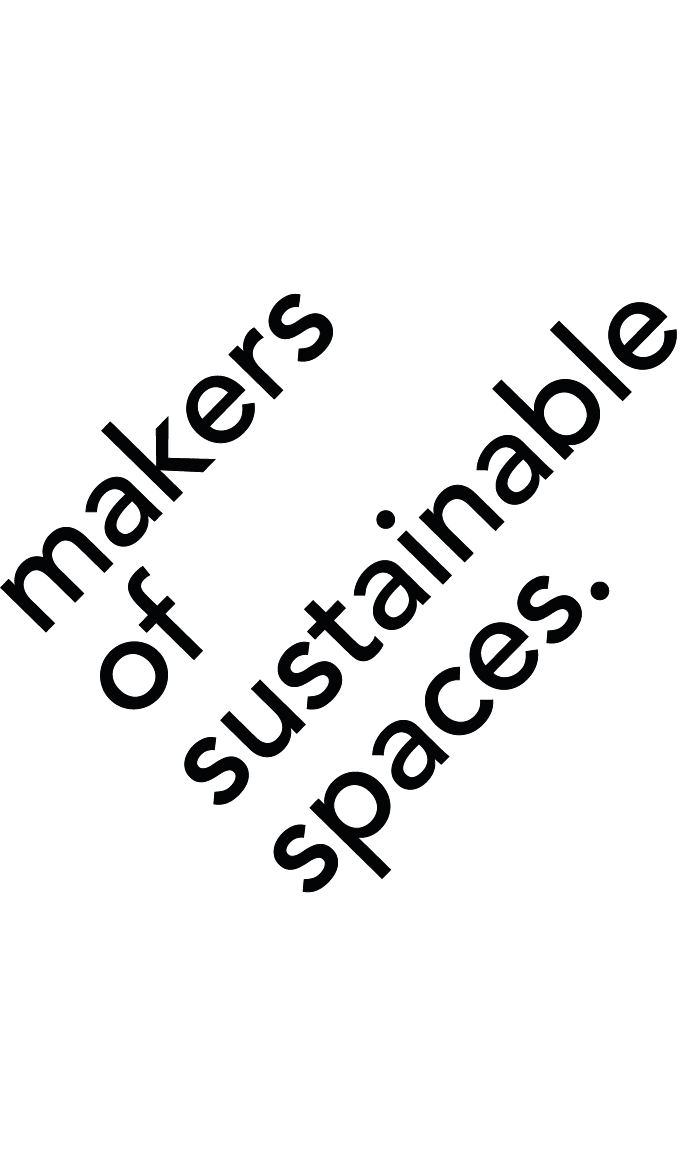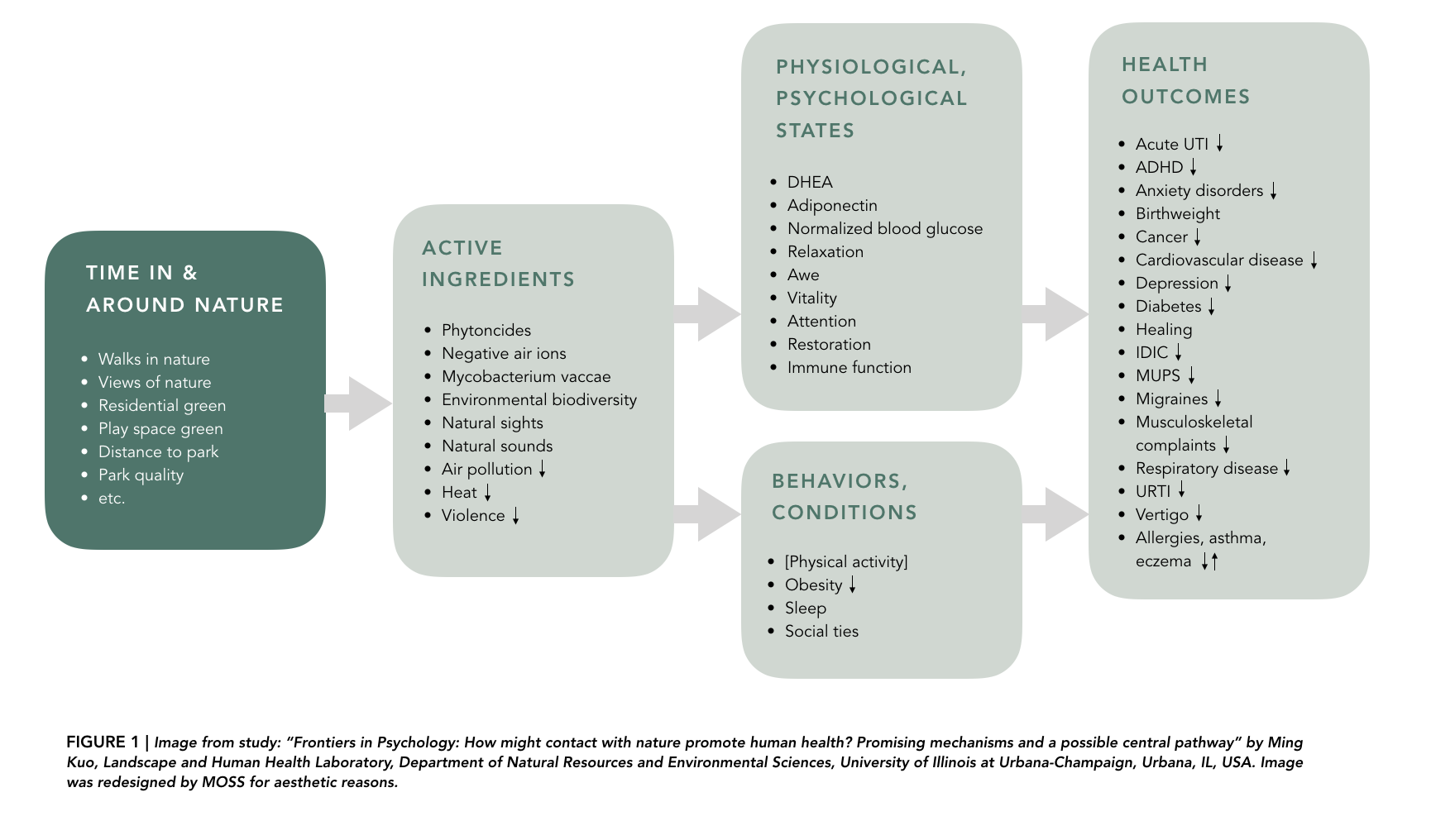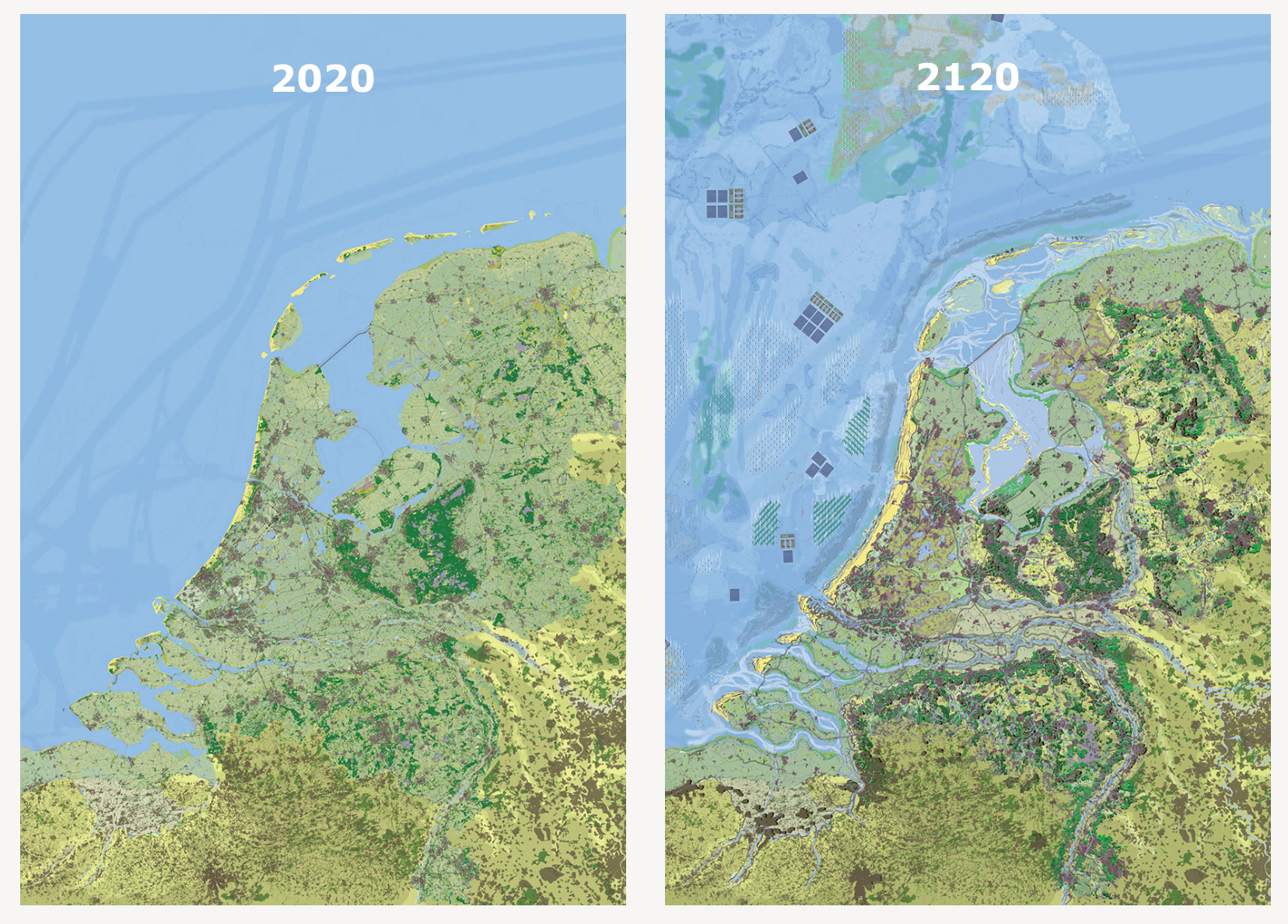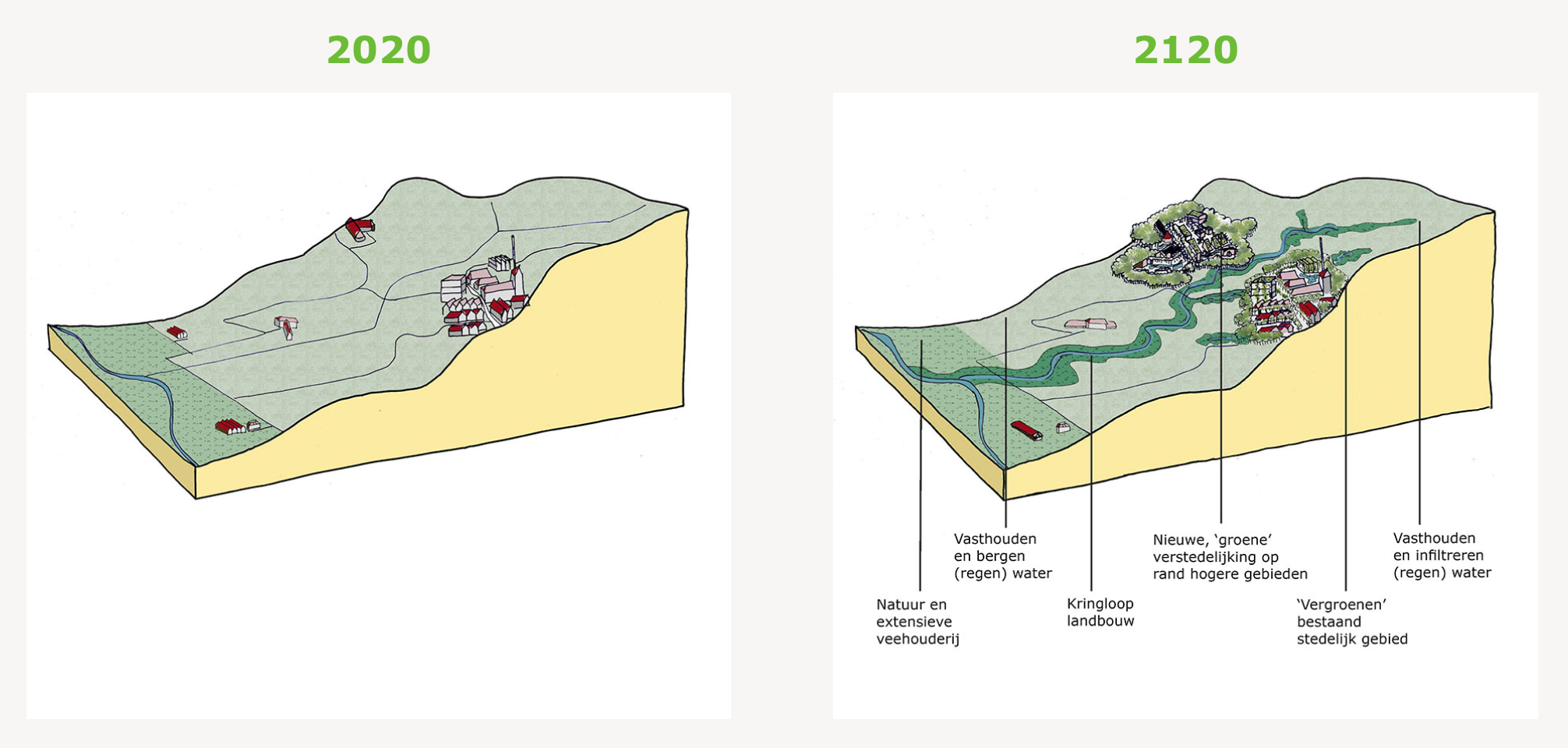

13 Jan Hardwired for Nature: More Resilient Minds
by Tessa Duste
Feeling stressed and exhausted? Let’s discuss the impact of green on your mental well-being. But before you read further, let me ask you a question: what feelings arise when you look at this picture above?
Calmness? Inspired? Or any emotion related to those?
For me, this picture has an effect on the deepest sense of my body, this image feels like a place where I belong. And the most beautiful thing about the scenery in this image, is that I could boldly say there’s not a single person that would not enjoy it and feel good here. Why? Because we are all hardwired to our natural environment.
Researchers have long heralded the benefits of nature on our physical and mental well-being, and within this article we are going to find out why we cannot overlook the importance of these findings. How come we are so connected to nature? And for what reasons must we stop ignoring this need?
Considering it has been over 5 million years since humans evolved into what we are today, humankind has spent 99.99 percent of its history living in natural environments.
Therefore it is not so strange that our bodies and minds are deeply connected to nature. Researchers from Japan, Finland and Korea mention in their combined studies that: “we have become the species we are today, living in a modern civilization, through a process of evolution within a natural environment. Human bodies are made so as to adapt to nature.” (1)
Although we seem to have a strong connection with nature, our current civilization and urban developments tend to separate us from our basic need for green. The researchers say that: “Urbanization and artificialization (meaning the process of society and our lives being intruded by technologies) is occurring so rapidly that we are experiencing stressful situations and are forced to deal with the resultant pressures.” (2)
These pressures are not something to take mildly, because mental illnesses and psychological stress symptoms are on the rise, and especially for the younger generation.
Even on the Scandinavian continent, known for its proper work-life balance, there has been an uprise in stress-related illnesses. The number of people diagnosed with chronic stress-related illnesses – including exhaustion, a condition also referred to as ‘clinical burnout’ – has risen rapidly in recent years. According to the Swedish Social Insurance Agency, this category of sickness was the most common reason for Swedes to be off work in 2018, accounting for more than 20% of sickness benefit cases across all age groups. While many countries do not formally recognize clinical burnout as a medical condition, it has been a legitimate diagnosis in Sweden since 2003.
Professor Marie Åsberg mentions: “I am skeptical about whether these types of pressures are stronger in Sweden than in other Western countries, however a failure to schedule proper relaxation time is the most crucial factor leading to clinical burnout.” She helps explain why exhaustion is not just a reaction to working long hours. The brain, Åsberg explains, cannot differentiate between employment and other work-like tasks, such as planning a lot of activities in your spare time, having a competitive hobby, or staying up late to ensure your social media profile is up-to-date. (3)
Stress or other feelings of anxiety seems to be all too common in industrialized countries. A number of studies show that stress is actually increasing around the world as other countries adopt Western lifestyles and work habits. (4) Therefore, it is not a surprise that natural therapy has been helping people, acknowledging the best way of tackling the growing problem, is prevention.
In Japan, forest bathing, or “Shinrin-yoku” in Japanese, is now receiving increased attention for its effects of reducing stress and providing a feeling of relaxation. “Shinrin-yoku” can be defined as making contact with and taking in the atmosphere of the forest.
But forest bathing is not just for the wilderness-lover; the practice can be as simple as walking in any natural environment and consciously connecting with what’s around you. I guess we have always known this intuitively, but only in the past few decades have there been concrete scientific studies demonstrating the mechanisms behind the healing effects of being in the wild and natural areas. As these outcomes of the Landscape and Human Health Laboratory, Department of Natural Resources and Environmental Sciences from the University of Illinois, show us: (5)
The outcomes lend credibility to the hypothesis that nature actually promotes health. The findings here suggest that such oases should incorporate plants — especially trees, soil, and water (preferably moving) — and should be designed to induce feelings of deep relaxation, awe, and vitality. According to the study: “Providing these green oases, especially in areas where health risks are high and landscaping is sparse, might be an inexpensive, powerful public health intervention and address persisting health inequalities.”
BUT WITH URBANIZATION AND PEOPLE MOVING MORE INTO CITY ENVIRONMENTS, HOW DO WE CREATE AN URBAN ENVIRONMENT WHERE GREEN IS ‘AROUND THE CORNER’ FOR EVERYONE?
On a high level scale, we love the newly released vision of the University of Wageningen (Dec 2019), the Netherlands, where they showed the ambition the Dutch should have in the next 100 years to prepare this densely populated country for the effects of climate change, rising sea levels, hot dry summers and extremely heavy rain showers. (6)
The vision shows a 2120 where The Netherlands has significantly more forest and water than the country today. The basins of rivers are wider to better accommodate high water peaks. Along the rivers and around the cities they envision green buffers, which provide an attractive landscape, increase biodiversity, provide cooling and increase recreational opportunities.
Introducing more green into our living environment would make it possible for people to easily connect with nature on a daily basis and thereby reduce any stress related symptoms. In one our latest articles “The Perfect Green Building”, we elaborate on the eleven green building blocks to build a thriving and healthy community. These building blocks can be implemented by governments, locals or companies to go from a grey to green society in no time.
Although these interventions are helpful in the long run, how do we deal with our lack of nature in cities on the short term? How can we incorporate more green in our daily routine and with that become a happier and healthier person? Hereby some quick and easy to follow tips.
GREEN INTERVENTIONS IN YOUR DAY TO DAY LIFE
- Go outside for your break or lunch. Get out of the office and take a walk outside, soak up the natural light, enjoy the fresh air and when available, be aware of your natural surrounding.
- Go out to the forest or other natural environment during the weekend. In most city landscapes it is difficult to really indulge yourself in nature, so take the time in the weekends to travel a bit further and go for some real ‘forest bathing’.
- During these nature moments: shut off your phone and genuinely observe your surroundings. Do you see any movements of the trees, animals or change in weather? Be actively aware of what is happening and live in the moment.
- Use your senses. Feel the sun when it is on your body, smell a flower that is in front of you, listen to the birds that are chirping. Just feel human as much as you can.
With the work we do at Makers of Sustainable Spaces we see the implementation of nature not as a luxury, but as a necessity for our mental and physical health. By building a strong and healthy community, we become a more resilient and future proof society.
Find more about our own green interventions on our website or are you interested to read more? Check out more on our blog.
Sources:
- Nature Therapy and Preventive Medicine: Juyoung Lee (1), Qing Li (2), Liisa Tyrväinen (3), Yuko Tsunetsugu (4), Bum-Jin Park (5), Takahide Kagawa (4) and Yoshifumi Miyazaki (1), 1 Center for Environment, Health and Field Sciences, Chiba University, 2 Nippon Medical School, 3 Finnish Forest Research Institute (METLA) , 4 Forestry and Forest Products Research Institute, 5 Chungnam National University, 1,2,4 Japan, 3 Finland, 5 Korea
- https://www.dutchnews.nl/news/2019/01/burnout-work-related-stress-is-on-the-rise-costing-society-over-e9bn/I
- https://www.bbc.com/worklife/article/20190719-why-is-burnout-rising-in-the-land-of-work-life-balance
- https://www.theguardian.com/news/2018/jun/04/what-is-depression-and-why-is-it-rising
- Frontiers in Psychology: How might contact with nature promote human health? Promising mechanisms and a possible central pathway, Ming Kuo, Landscape and Human Health Laboratory, Department of Natural Resources and Environmental Sciences, University of Illinois at Urbana-Champaign, Urbana, IL, USA
- https://magazines.wur.nl/climate-solutions-nl/nederland-in-2120/





